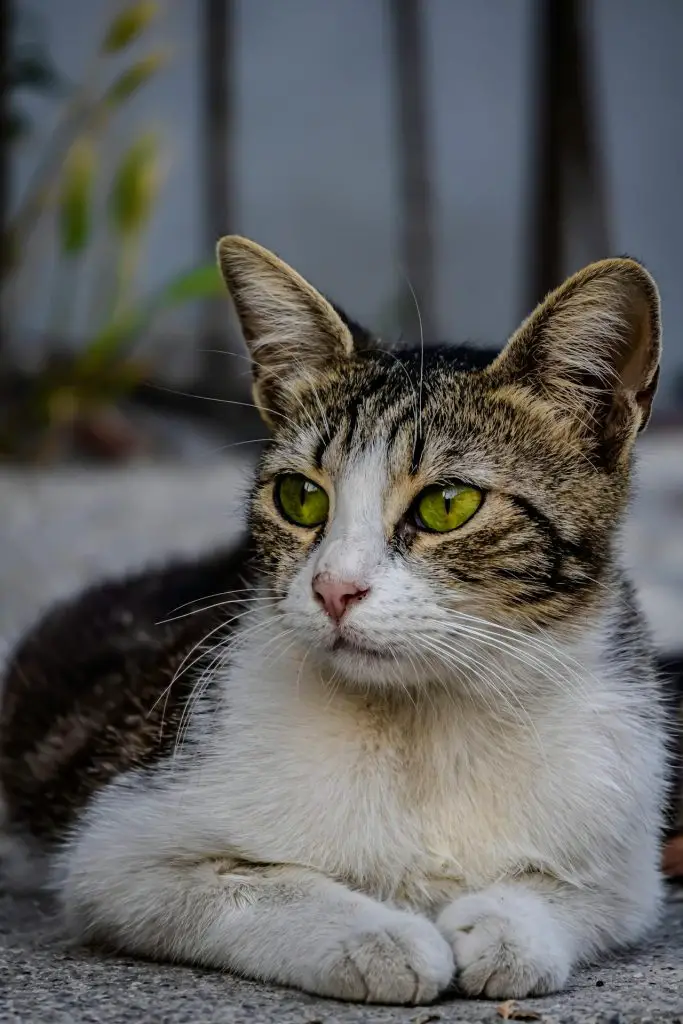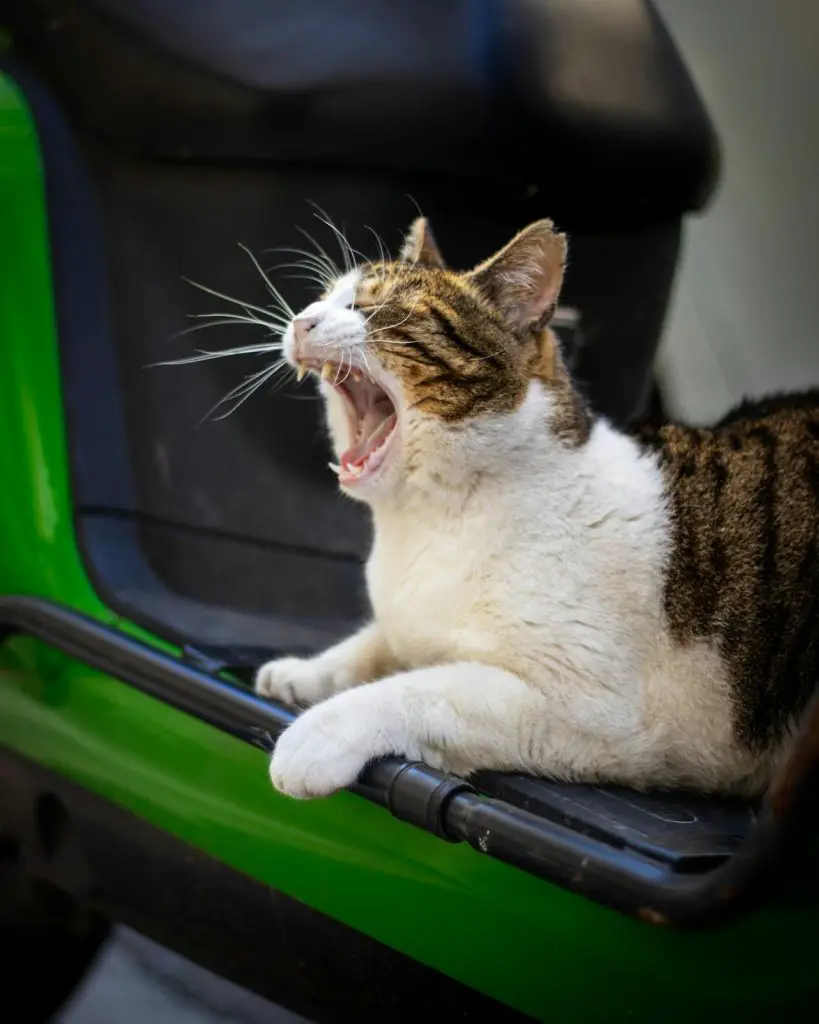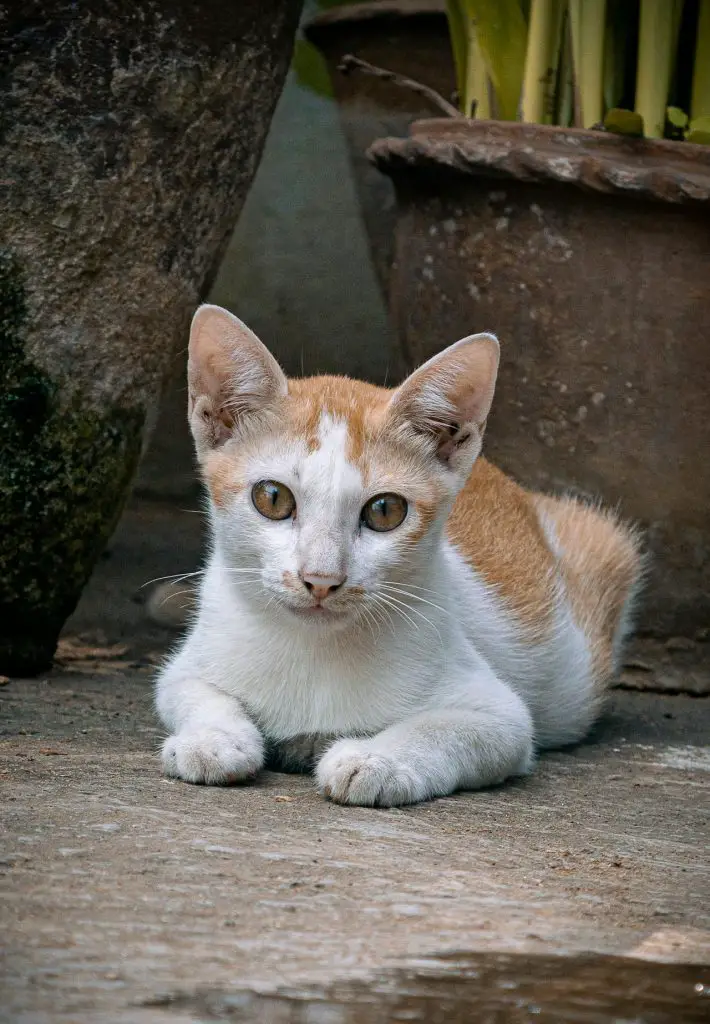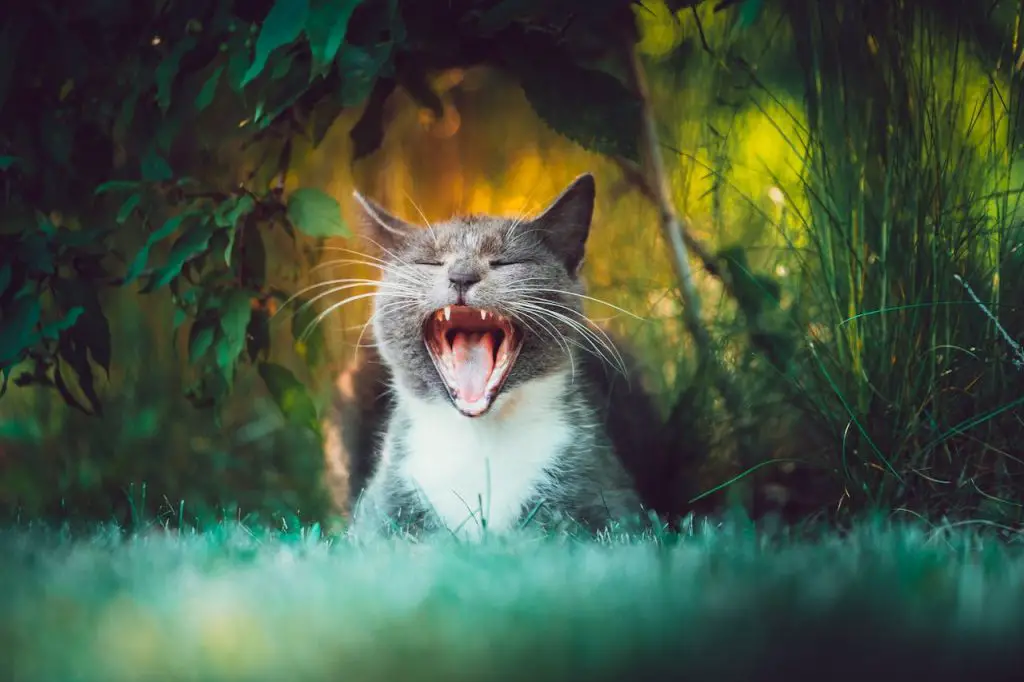
You’re probably wondering if your cat’s vomiting is just a minor issue, but could it be a sign of something more serious? You might assume that hairballs are the culprit, but that’s not always the case. If your cat’s throwing up persists or is accompanied by other symptoms like diarrhea or lethargy, it’s time to investigate further. Your cat’s vomiting could be related to their diet, an underlying health issue, or even stress. To get to the bottom of this mystery, let’s explore the common causes of feline vomiting and what you can do to help your feline friend.
Table of Contents
Common Causes of Feline Vomiting
Your cat’s vomiting can be triggered by a multitude of factors, including dietary indiscretions, infections, and underlying medical conditions that irritate the stomach or intestines.
As a responsible cat owner, it’s essential you identify and address the root cause to prevent further complications.
Dietary changes, such as introducing new food too quickly or feeding spoiled or contaminated food, can cause stomach upset.
Managing your cat’s diet and ensuring they receive balanced and nutrient-rich food is critical.
This post contains affiliate links. However all the information provided on this site are my own honest opinions. See more in Disclaimer.
To alleviate vomiting, it’s important to emphasize the significance of hydration. Administering electrolyte-rich fluids or broths can help replace lost fluids and electrolytes.
Encourage your cat to drink plenty of water to prevent dehydration.
Monitoring your cat’s food intake, appetite, and stool quality can also provide valuable insights. Take note of any changes in behavior or physical condition.
Letters, emails, or phone calls to your veterinarian can help guide you in providing necessary care and determining whether veterinary intervention is needed.
If you’re unsure about the cause or severity of your cat’s vomiting, consult with your veterinarian to rule out underlying conditions and develop an effective plan to address the vomiting and prevent future instances.
Signs of Underlying Health Issues
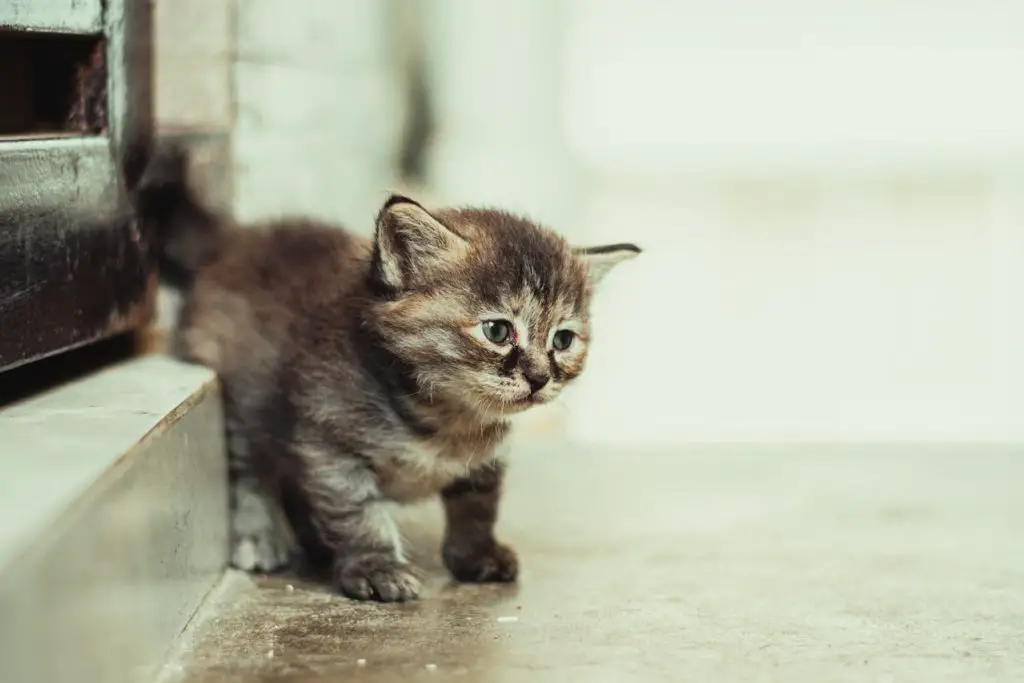
As you monitor your cat’s vomiting episodes, it’s important to highlight the frequency and patterns of these incidents.
You should also watch for common symptoms of underlying health issues, such as lethargy, loss of appetite, or difficulty swallowing.
Additionally, be aware of any changes in your cat’s stool or urine output, as these can be indicative of an underlying medical condition.
Vomiting Frequency and Patterns

Cats that vomit frequently or in specific patterns, such as after eating or at certain times of day, may be exhibiting signs of an underlying health issue that requires veterinary attention.
You should monitor your cat’s vomiting frequency and patterns to identify potential vomiting triggers.
For example, if your cat vomits after eating, it could be related to dietary habits or food sensitivities.
| Vomiting Pattern | Possible Underlying Issue |
|---|---|
| Vomiting after eating | Food sensitivity or allergy, gastrointestinal foreign body |
| Vomiting at specific times of day | Gastrointestinal motility disorder, anxiety or stress-related issue |
| Frequent vomiting | Gastrointestinal disease, such as inflammatory bowel disease or gastroesophageal reflux disease |
| Vomiting with other symptoms (e.g., diarrhea, lethargy) | Systemic disease, such as kidney disease or hyperthyroidism |
Common Health Issue Symptoms
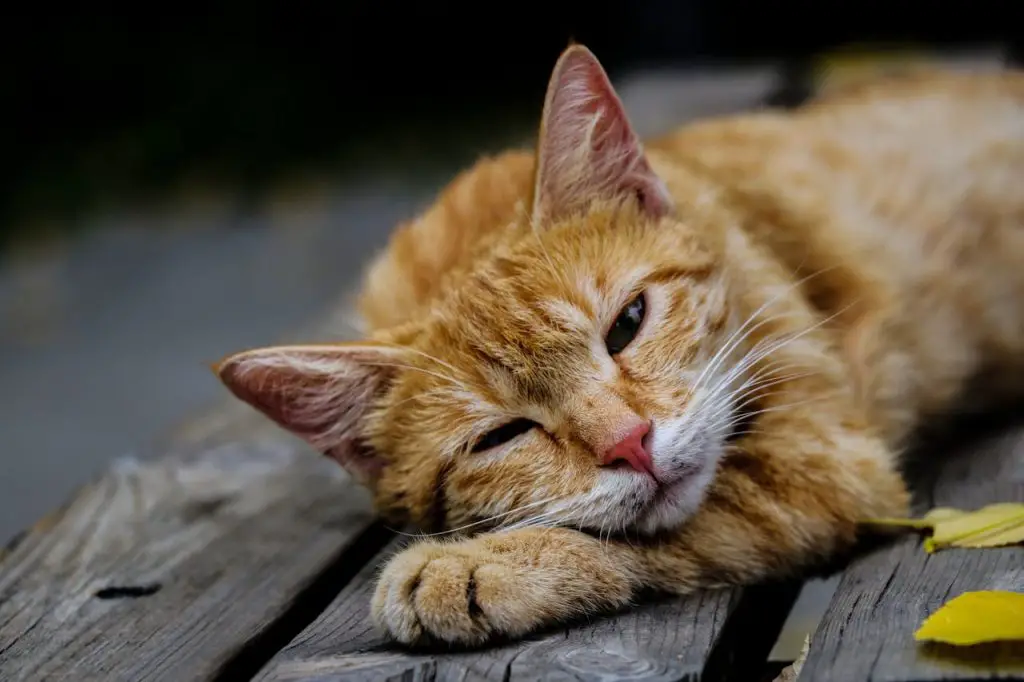
Monitoring for specific symptoms, such as changes in appetite, water intake, or stool quality, can help identify underlying health issues that may be causing or contributing to your cat’s vomiting.
You should observe your cat’s overall behavior and watch for signs of lethargy, loss of interest in activities, or hiding.
Changes in appetite can indicate gastrointestinal issues, while alterations in water intake may signal kidney disease or diabetes.
A decrease in water intake can lead to dehydration, emphasizing the importance of hydration in maintaining your cat’s overall health.
In addition to monitoring appetite and water intake, you should also be aware of any changes in your cat’s physical condition, such as weight loss or gain, which can indicate underlying metabolic issues.
If you’ve recently made dietary changes, it’s possible that your cat is experiencing food sensitivities or allergies, which can contribute to vomiting.
Consult with your veterinarian to determine the best course of action and rule out any underlying health issues.
Abnormal Stool or Urine
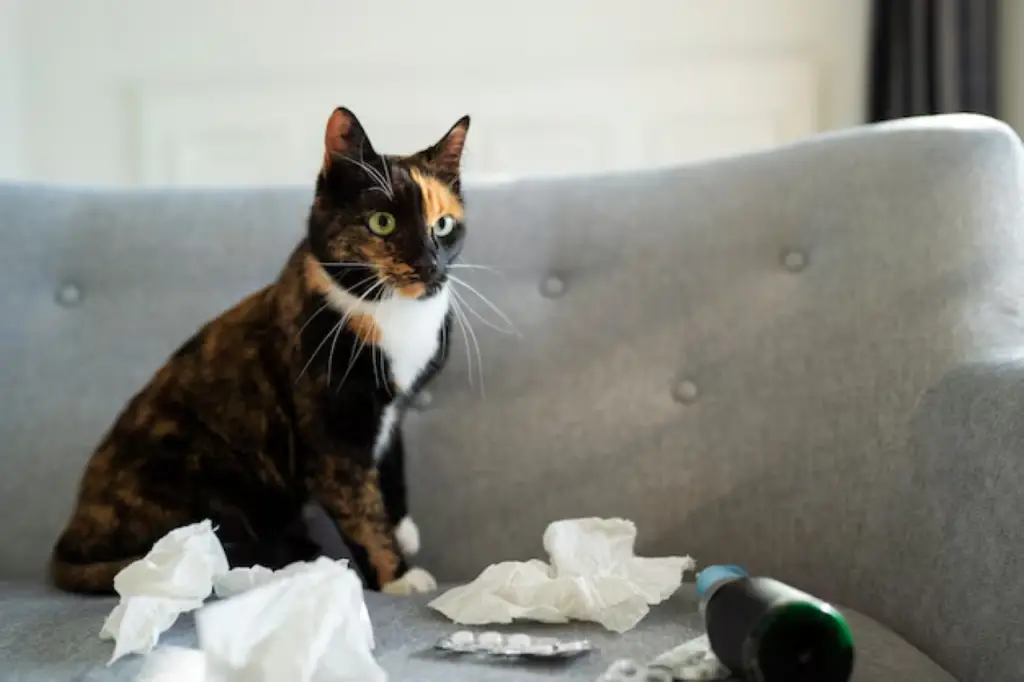
You should inspect your cat’s stool and urine regularly for any changes in consistency, color, or frequency, as abnormal waste can signal underlying health issues that may be contributing to vomiting.
Diagnosing these issues promptly can lead to better health outcomes for your cat.
Here are four warning signs that your cat’s stool or urine may be signaling a deeper issue:
- Discolored urine or stool: Bright yellow, orange, or red waste may indicate liver disease or urinary tract infections.
- Increased frequency or accidents: More frequent trips to the litter box or accidents outside of it can indicate urinary tract infections, kidney stones, or gastrointestinal issues.
- Unusual textures: Hard, dry stool can be a sign of constipation, while loose, watery stool can indicate diarrhea.
- Strong odors: Overly pungent waste may signal kidney disease or gastrointestinal issues.
These abnormalities may be caused by dietary changes or an imbalance in hydration levels.
Monitor your cat’s waste output closely to identify any patterns or changes, and consult with your veterinarian if you suspect an underlying issue.
By addressing these issues promptly, you can help prevent or manage your cat’s vomiting episodes.
Food Allergies and Sensitivities
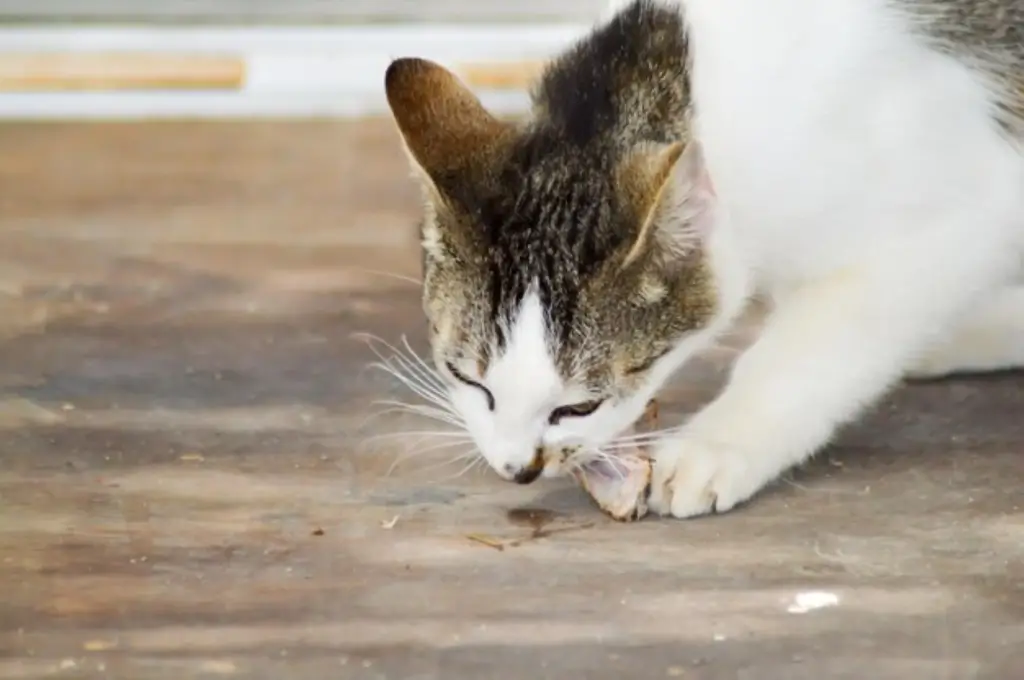
Your cat’s vomiting may be triggered by a food allergy, which is an adverse reaction to a specific ingredient in their diet.
You’ll need to identify the common food allergens that could be causing the issue, such as beef, dairy, or soy.
Common Food Allergens
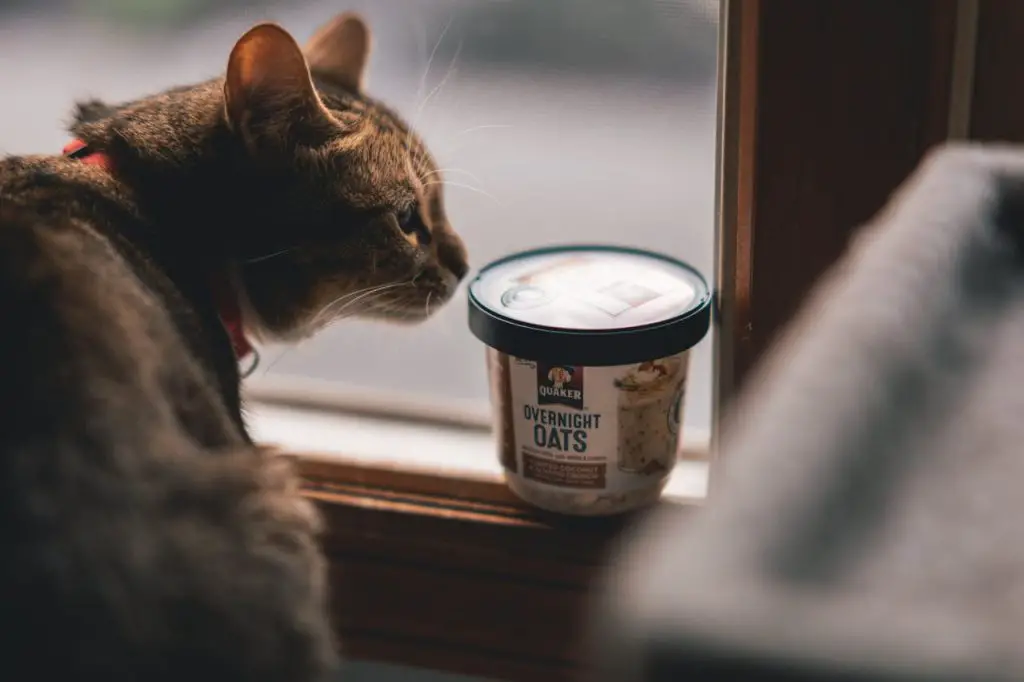
What exactly triggers a food allergy in cats, and which ingredients are most likely to cause an adverse reaction? When your cat’s immune system reacts to a particular ingredient in their food, it can lead to an allergic response.
To minimize the risk of an adverse reaction, you should scrutinize ingredient labels and consider hypoallergenic diets.
Here are the top common food allergens to watch out for:
- Beef: A common protein source in many commercial cat foods, beef is also a frequent culprit behind food allergies.
- Dairy: Milk, lactose, and other dairy products can cause digestive issues and allergic reactions in cats.
- Wheat: Wheat is a common carbohydrate source in cat foods, but it can also trigger allergies and sensitivities.
- Soy: Soy proteins and isoflavones can cause an allergic response in some cats.
When reviewing ingredient labels, look for these common allergens and consider opting for hypoallergenic diets that use novel protein sources like venison, duck, or salmon.
Always consult with your veterinarian before making any significant changes to your cat’s diet.
By being aware of these common food allergens, you can take steps to reduce the risk of an adverse reaction and help your cat live a healthier, happier life.
Managing Sensitivity Symptoms
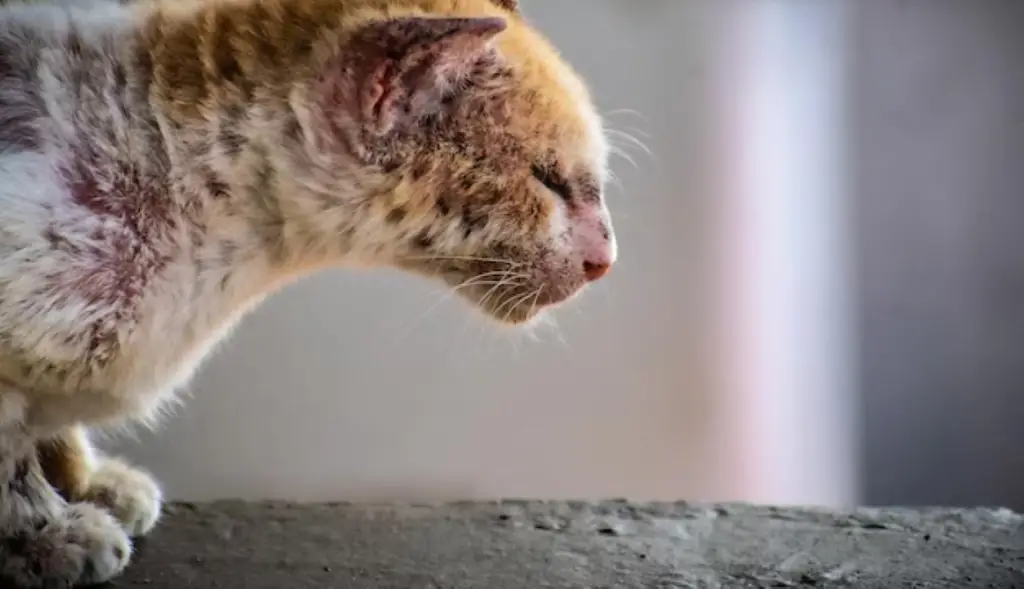
Managing sensitivity symptoms effectively often requires a multi-faceted approach that incorporates dietary changes, close monitoring, and veterinary guidance to alleviate adverse reactions and prevent their recurrence.
When your cat is diagnosed with a food allergy or sensitivity, you’ll need to make dietary modifications to remove the offending ingredient from their diet.
This may involve switching to a hypoallergenic or novel protein diet, or even a homemade diet under the guidance of a veterinarian.
In addition to dietary changes, environmental adjustments can also play a significant role in managing sensitivity symptoms.
This may include reducing stress, which can exacerbate allergies, by providing a calm and comfortable living environment.
Your veterinarian may also recommend antihistamines or anti-itch medications to alleviate symptoms.
It’s vital to work closely with your veterinarian to monitor your cat’s response to these changes and make adjustments as needed.
Hairballs and Gastrointestinal Blockages
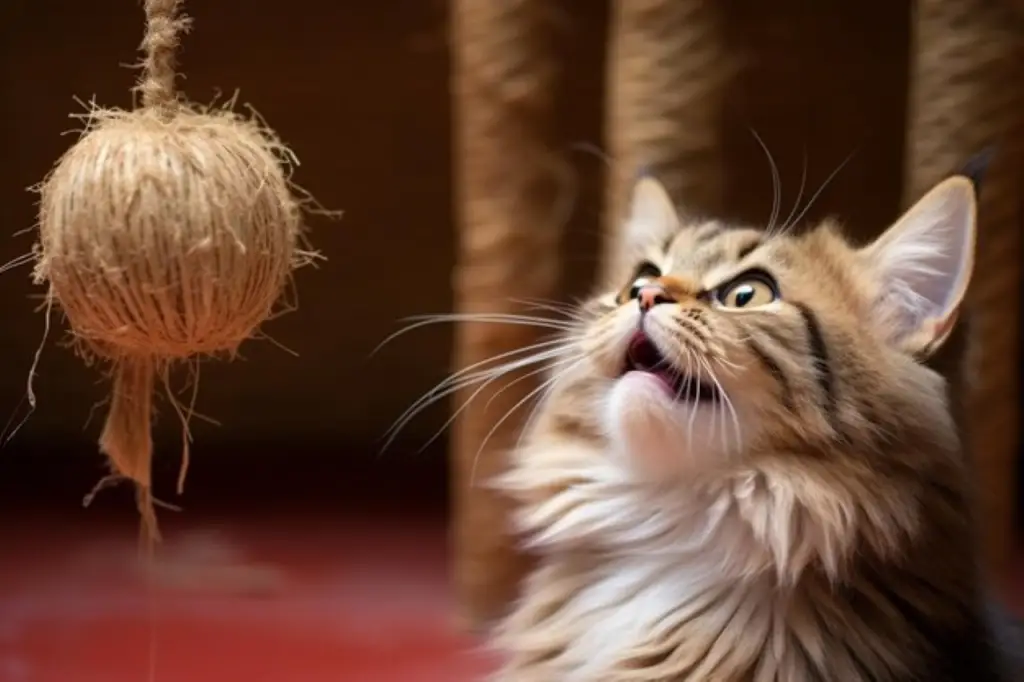
In the vast majority of cases, hairballs and gastrointestinal blockages occur when swallowed hair accumulates in the stomach and fails to pass through the digestive system, often causing an obstruction that can lead to vomiting.
You may be wondering why your cat is prone to these issues. The truth is, many cats groom themselves excessively, leading to a large amount of hair being swallowed.
If you suspect that hairballs are causing your cat’s vomiting, there are a few things you can do.
Here are some steps to help your cat feel better:
- Brush your cat regularly: Reducing the amount of loose hair can help minimize the amount of hair swallowed.
- Try hairball remedies: There are various over-the-counter products available that can help lubricate your cat’s digestive system and aid in the passage of hair.
- Make dietary adjustments: Switching to a high-fiber diet can help move hair through your cat’s digestive system.
- Consider a veterinary visit: If your cat’s vomiting persists or worsens, consult with your veterinarian to rule out other underlying issues.
Parasites and Infections in Cats
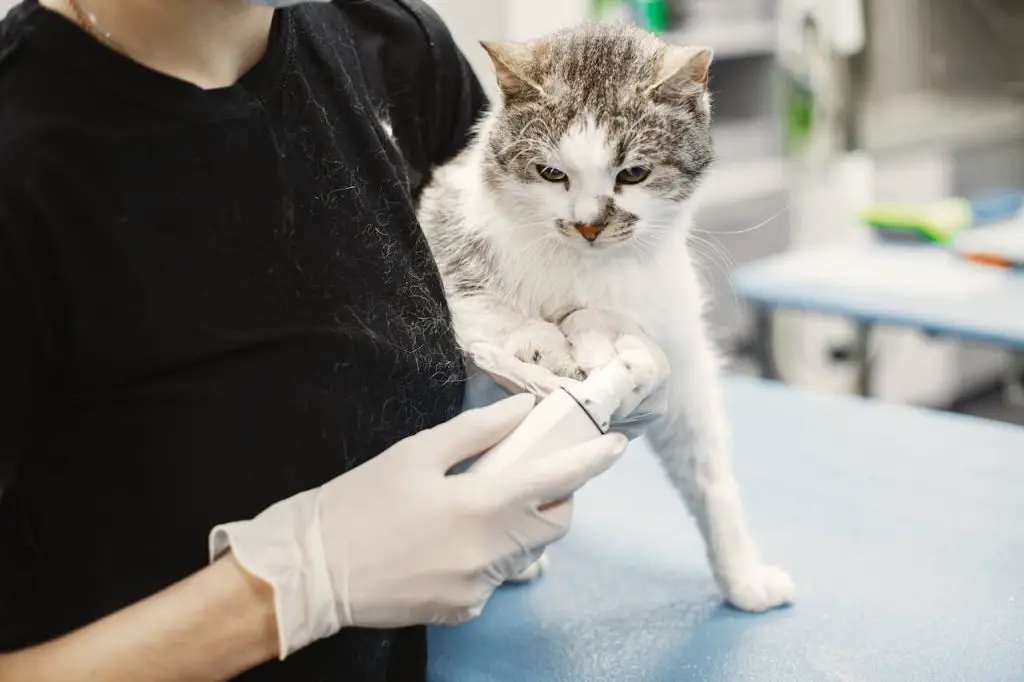
While hairballs and gastrointestinal blockages can be a common cause of vomiting in cats, another potential culprit is the presence of internal parasites or infections that can irritate the digestive system and trigger vomiting.
You’ll want to investigate this possibility, especially if your cat’s vomiting persists or worsens over time. Internal parasites like worms, giardia, and coccidia can cause inflammation in the digestive tract, leading to vomiting.
Bacterial or viral infections, such as gastroenteritis, can also trigger vomiting in cats.
Regular parasite prevention measures, such as administering deworming medication and keeping your cat up-to-date on preventative treatments, can help minimize the risk of parasitic infections.
If you suspect that your cat has an infection, it’s vital to seek veterinary attention promptly.
Your veterinarian can perform diagnostic tests to identify the underlying cause of the infection and recommend an effective infection treatment plan.
This may include antibiotics or antiviral medication, as well as supportive care to manage symptoms and prevent complications.
Early detection and treatment can help resolve the infection and alleviate vomiting in your cat. Swift action is imperative to guarantee your cat’s health and prevent long-term damage.
Stress and Anxiety Triggers
Your cat’s vomiting episodes may be triggered or exacerbated by stress and anxiety, which can cause a ripple effect in the digestive system and lead to gastrointestinal upset.
As a cat owner, it’s crucial to recognize the potential stressors that may be affecting your cat’s health.
Some common stress and anxiety triggers that may contribute to your cat’s vomiting episodes include:
- Changes in Environment: Changes in your work schedule, moving to a new home, or adding new pets or family members can cause significant stress for your cat.
- Loud Noises: Fireworks, thunderstorms, or construction work can be distressing for cats and lead to anxiety-related vomiting.
- Changes in Social Dynamics: Changes in your cat’s social interactions, such as a new pet or person, can cause stress and anxiety.
- Changes in Routine: Changes in feeding times, exercise, or play can cause behavioral modifications that lead to stress and anxiety.
Prevention and Treatment Options

Implementing a multi-faceted approach that incorporates stress management, dietary modifications, and veterinary care can help alleviate your cat’s vomiting episodes and improve overall health.
To start, you’ll want to work with your veterinarian to identify the underlying cause of your cat’s vomiting, as this will inform the best course of treatment.
In many cases, dietary adjustments can play a key role in managing vomiting. This may involve switching to a novel protein source, feeding smaller, more frequent meals, or adding fiber to your cat’s diet.
In addition to dietary changes, it’s crucial to prioritize your cat’s hydration.
Encourage your cat to drink plenty of water by placing multiple water sources around the house and making water more appealing through the use of water fountains or flavored water.
In some cases, your veterinarian may also recommend subcutaneous fluid therapy to help replenish lost fluids.
By taking a thorough approach to your cat’s care, you can help reduce the frequency and severity of vomiting episodes and promote overall well-being.
Be sure to work closely with your veterinarian to determine the best prevention and treatment strategy for your cat.
Frequent Questions
“You shouldn’t give your vomiting cat over-the-counter human medication without consulting a veterinarian, as it poses serious cat health risks. Human medication safety isn’t guaranteed for felines, and incorrect dosing can worsen the condition.”
When you’re ‘in a fog’ about your kitten’s vomiting, it’s crucial to know that occasional vomiting is normal for kittens. However, if it persists, you must investigate the underlying causes to guarantee ideal kitten health, as gastrointestinal issues or food allergies can be common vomiting causes.
You’re likely wondering if your cat’s eating habits are to blame. Yes, gobbling food quickly can cause vomiting. Try altering feeding techniques, such as using a slow-feeder bowl or dividing meals, to prevent gobbling and alleviate vomiting issues.
You’re monitoring your cat’s health after vomiting; it can survive 48 hours without eating. Investigate vomiting causes, such as gastrointestinal issues or food sensitivities, and consult a veterinarian for guidance on reintroducing food to prevent complications.
You shouldn’t feed your cat immediately after vomiting; instead, wait 12-24 hours to resume feeding. Implement a gradual feeding schedule as part of post-vomiting care to prevent further irritation and allow the stomach to recover.
Final Thoughts
Your cat’s persistent vomiting is like a puzzle with many pieces – some obvious, others hidden. As you connect the dots, the picture becomes clearer.
Dietary missteps, underlying health issues, and stressors all play a role.
By monitoring your cat’s behavior, working with your veterinarian, and making informed choices, you can solve the puzzle and restore your cat’s health.
Don’t let vomiting become a lingering mystery – uncover the root cause and take action.


